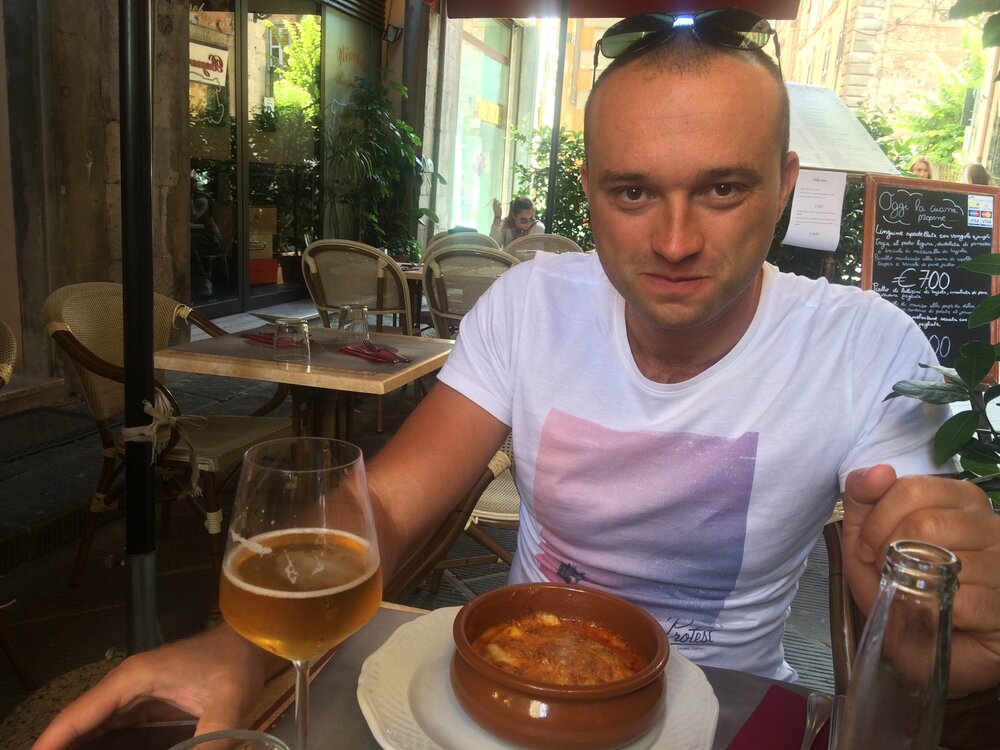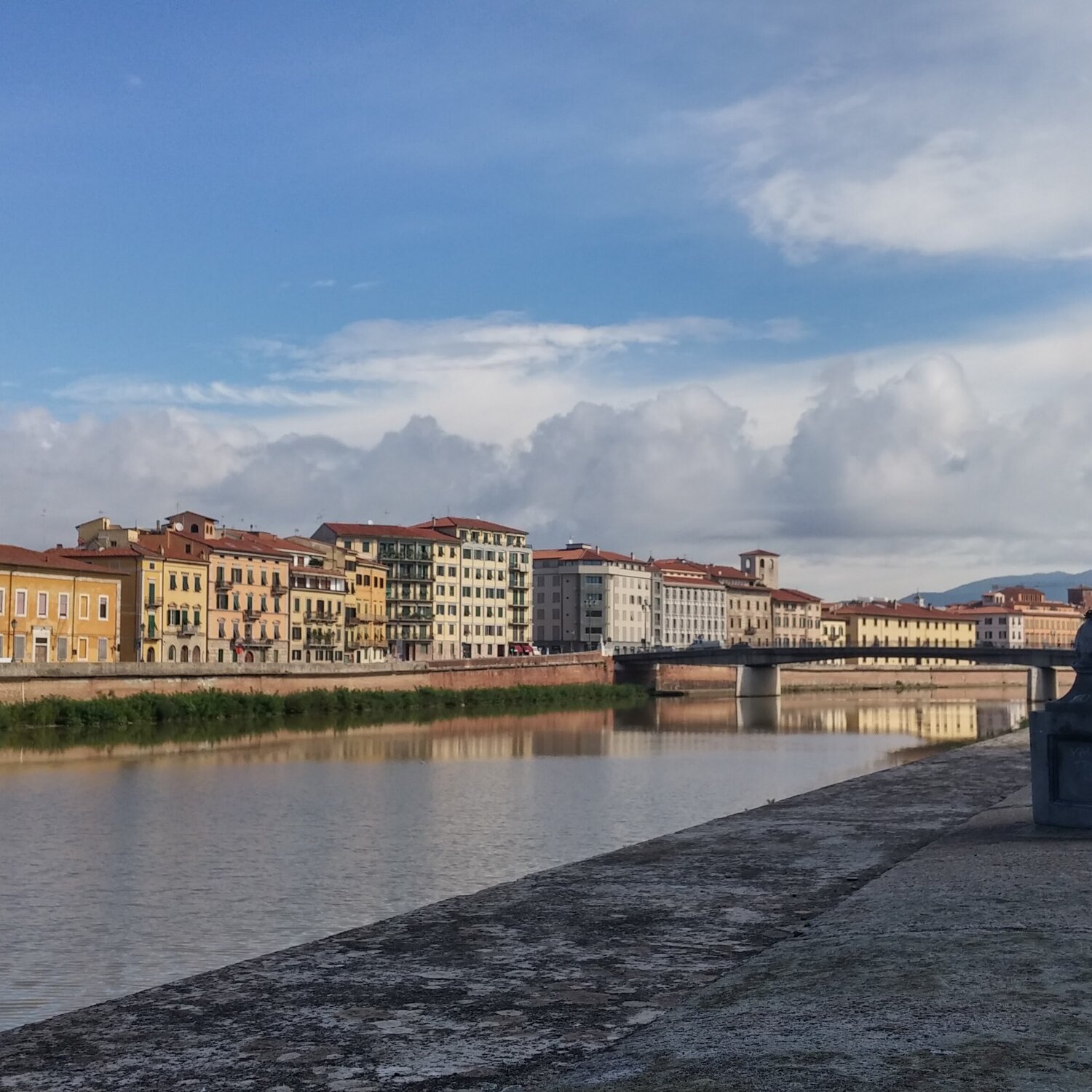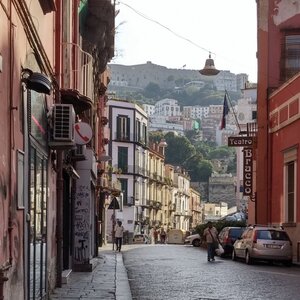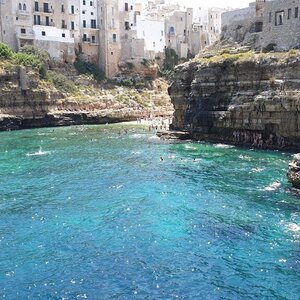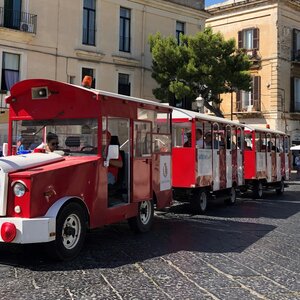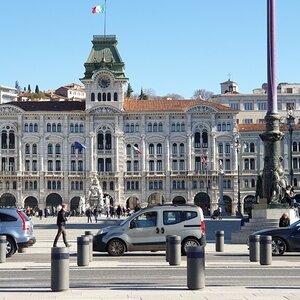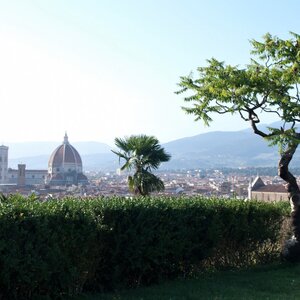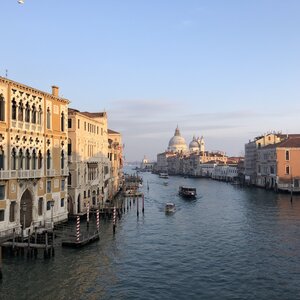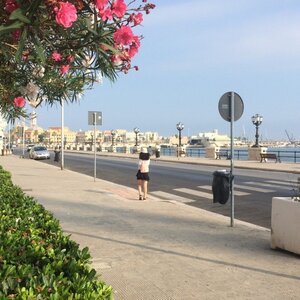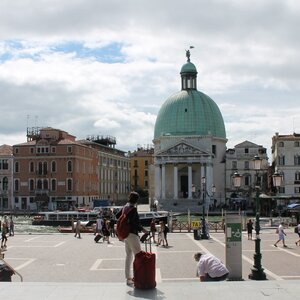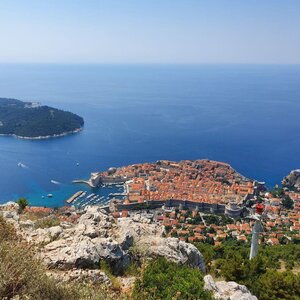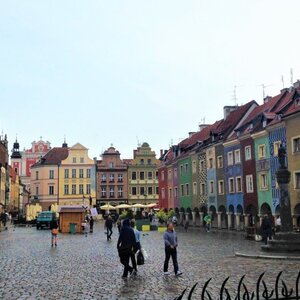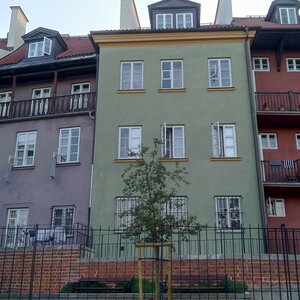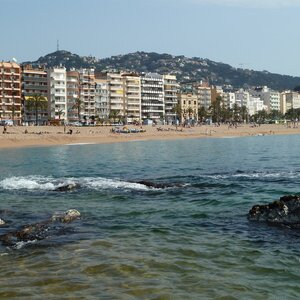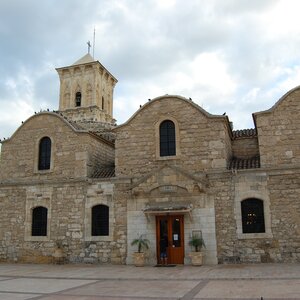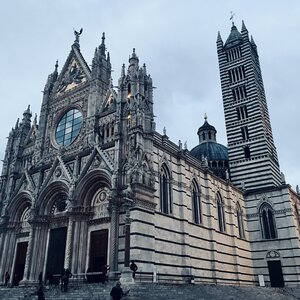It’s easy to think of things to do on a day in Pisa. But what if you have two days? You’ve seen the Falling Tower and the Square of Wonders, and on the second day you can go to a place where it’s rare to meet another tourist.
The second day in Pisa started for us with breakfast at the hotel. Italian breakfasts among travelers are known for their scarcity, because Italians themselves eat coffee and croissant for breakfast and don’t understand why they should eat sandwiches and porridge in the morning. Thanks to globalization, in Terminus Plaza we had a standard buffet with granola, toast, jams, ham and other cookies.
After breakfast we vacated the room, left our suitcases with the receptionist and set off to reacquaint ourselves with the city, which yesterday seemed dull to us. We had only 4 hours before the train to Lucca.
Today we decided to take a closer look at the southern part of the city — the Mezzogiorno district. It is less popular with tourists compared to the northern part of the medieval center, and it is on this bank of the Arno that the former cathedral was located, which hints at the fact that once there was life here. Today there are several famous churches, a Benedictine monastery and a museum with the telling name of the Blue Palace. And of course, the once opulent palaces along the Arno embankment.
Just beyond Piazza Vittorio Emanuele, the provincial administration building and the church of San Antonio, quiet, deserted streets begin, unpublicized and very simple. Here Pisa seemed very different: not a single restaurant, not a single large store, just low old houses painted in light colors and illuminated by the morning sun.
On the way we came across very, very rare passers-by. The largest gathering of people was a group of elderly Englishmen who got lost trying to use a paper map to get to the Leaning Tower of Pisa. Do not repeat their experiment unless you have unlimited time. While we were trying to help the gentlemen by matching their map to Google, a local came to the rescue. Italians cannot pass by if they see lost tourists — every italiano vero probably considers it his duty to help. The signor intercepted the Englishmen from us and decided to personally take them to the place, and we wandered on.
In Piazza San Paolo a Ripa d’Arno , we stood at the St. Paul’s Church of the same name closed for restoration by the Arno cliff, considered one of the most outstanding Romanesque churches in Tuscany. This is exactly what the Duomo Vecchio is — an old cathedral. After the transfer of the Duomo status to the Cathedral of Santa Maria Assunta (in the Piazza del Miracle), this church was transferred to a Benedictine monastery, changed hands and finally became a simple parish church. The church was under restoration and we were unable to get inside.
Citadel of Pisa (Citadella Vechia)
A stone’s throw from the church is the bridge of the Citadel (ponte della Citadella). This was once the border of Pisa and, most surprisingly, its seaport. Hard to believe? Yes. But the remains of the fortifications on the other side of the river persistently testify to its great military past.
All that remains of the old fortifications today is this Gwelf Tower and the Medici arsenal next to it.
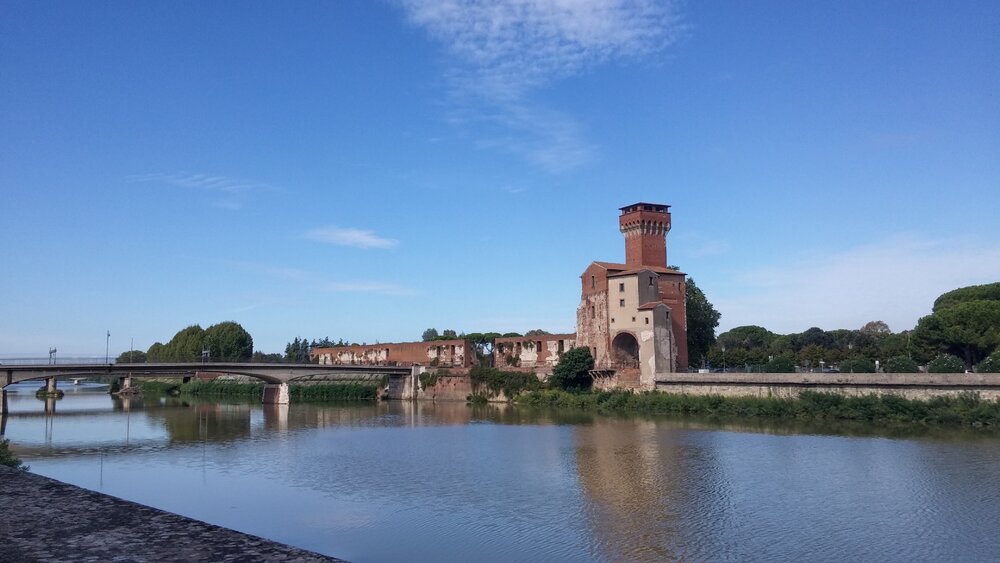
The tower was built in the 13th century as part of the city wall, and for several centuries it defended the maritime approaches to the city. In the fifteenth century, when Pisa was ruled by the Medici family, a military arsenal was built next to it, the remains of which now serve as a museum.
Today, looking at a map, it is hard to imagine that only a few centuries ago there was a port here, and the Arno was so deep that seagoing ships could navigate it. But the sea has receded, and with it the city’s former glory.
Santa Maria della Spina (Chiesa di Santa Maria della Spina)
Another landmark on the map of Pisa, the Church of Santa Maria della Spina, is nestled at the edge of the ponre Molferino, the next bridge to the center. It was once the site of the Pontenovo («new bridge»), and the church was called Santa Maria di Pontenovo and looked much more modest. But in 1333 the Crusaders brought a thorn from Christ’s crown of thorns to Pisa, placed it in this church, and its fate changed dramatically.
Such a relic required a new, more luxurious frame. Andrea Pisano and his sons Nino and Tommaso, and Giovanni di Balduccio, the best Tuscan craftsmen were hired to renovate the church. The church was given a name that directly communicated its new unique advantage. Over the following centuries its interior was enriched with masterpieces by Benozzo Gozzoli, Giovanni Antonio Vazzi, Francesco Traballesi, Baccio Lomi and other masters. The church is considered a jewel not only of Pisa, but of the entire Gothic era — it is one of the most striking examples of Gothic.
But the Pisans, as we already know, were not very good engineers. They chose probably the most unfortunate piece of land in the city for the church: on the very bank of the Arno, right on the sand. The river eroded the sandy soil under the foundations and regularly flooded the church. Pontenovo collapsed in the XV century, and the church decided to move a meter higher. In 1871 it was dismantled and rebuilt on a new site, and the spike moved to the church of Santa Chiara.
The interior of Santa Maria was not renovated after the transfer and today the interior decoration of the church is very modest. Inside there are several sculptures by Andrea and Nino Pisano: Our Lady of Nursing and Our Lady of the Roses, the same works mainly decorate the facade. Most of them are copies, while the originals are kept in museums.
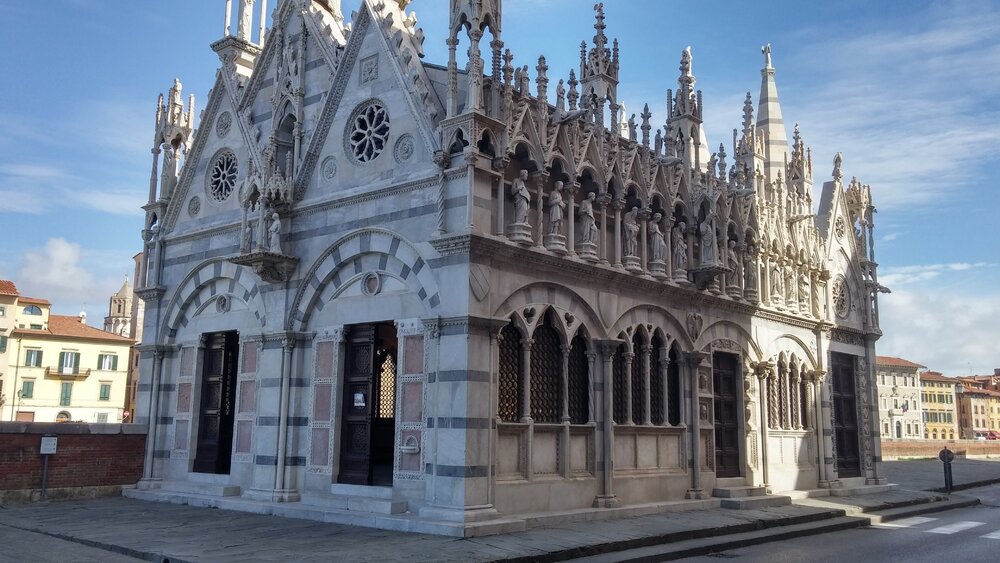
Palazzo Blu.
You can’t miss this building — it really is blue. Or dark blue. Italian guidebooks say that it was first painted blue by its Russian owners in the 18th century. — «The Hermitage in St. Petersburg is also blue," as the Italians explain it. The building has always stood out among the others — it was not customary to paint facades blue in Tuscany.
Today it is home to a museum that houses works by Tuscan masters and exhibitions by contemporary artists. The basement is dedicated to an archaeological exhibition: the remains of a building dating back to the 8th century have been discovered here.
At the time of our visit, the Blue Palace was hosting an exhibition of the famous Italian illustrator Roberto Innocenti. His original illustrations of Pinocchio, Cinderella, Nutcracker, and Grimm fairy tales occupied half of the floor, and the story of one house impressed with its integrity, which did not need texts.
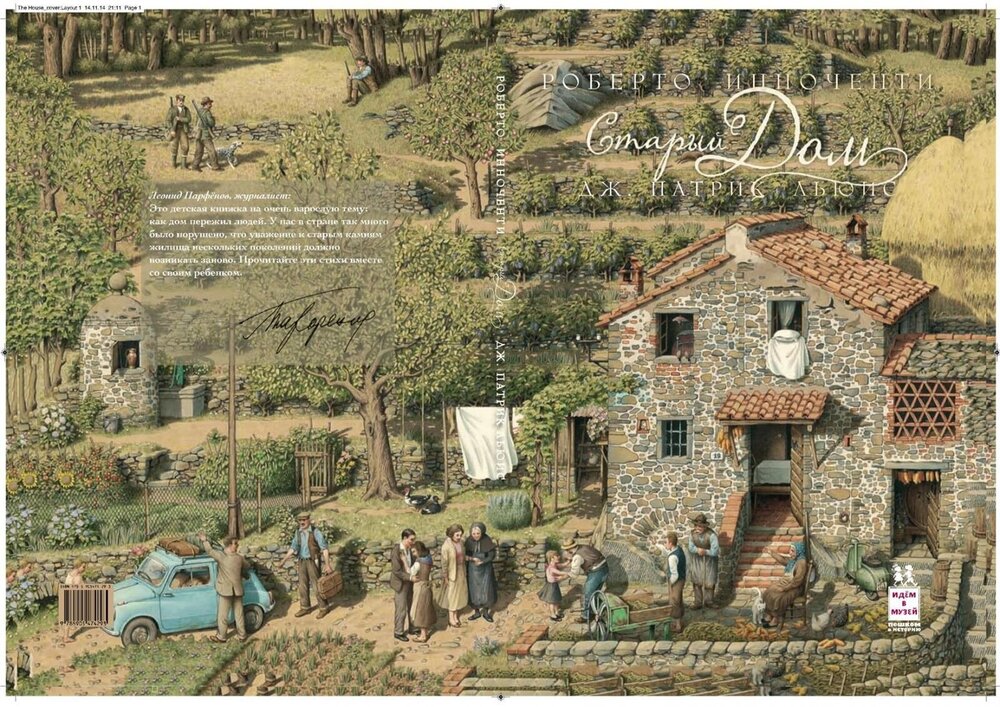
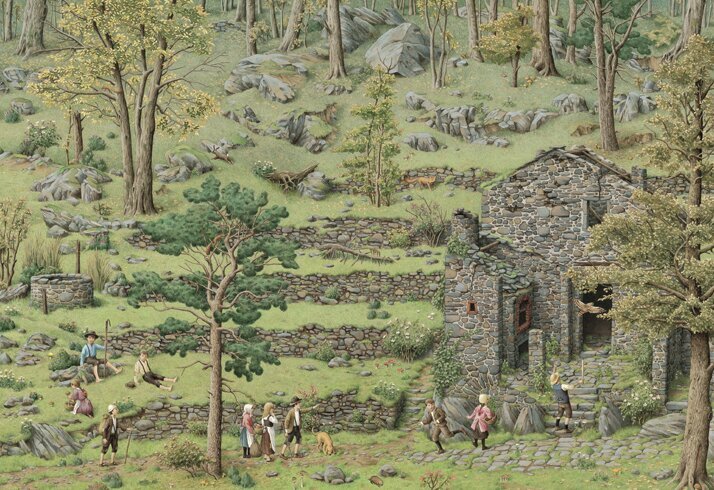
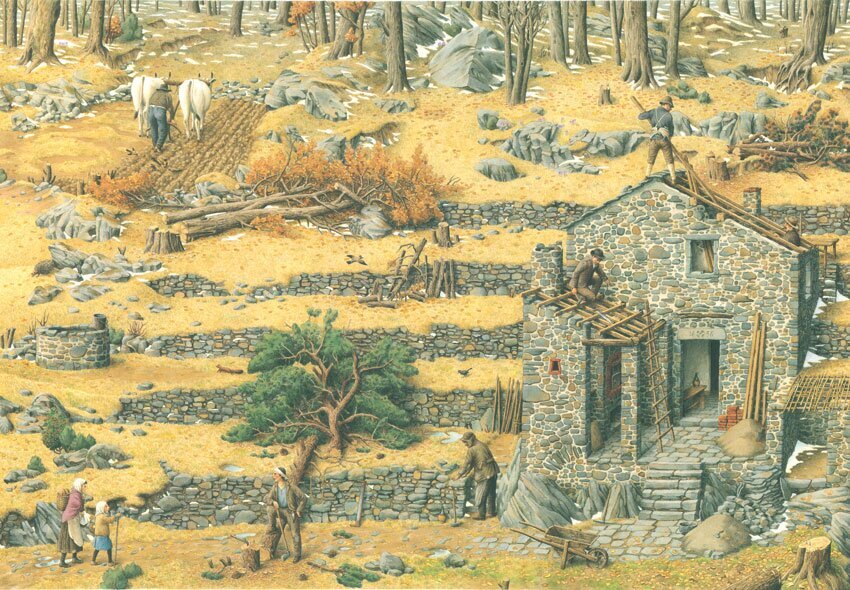
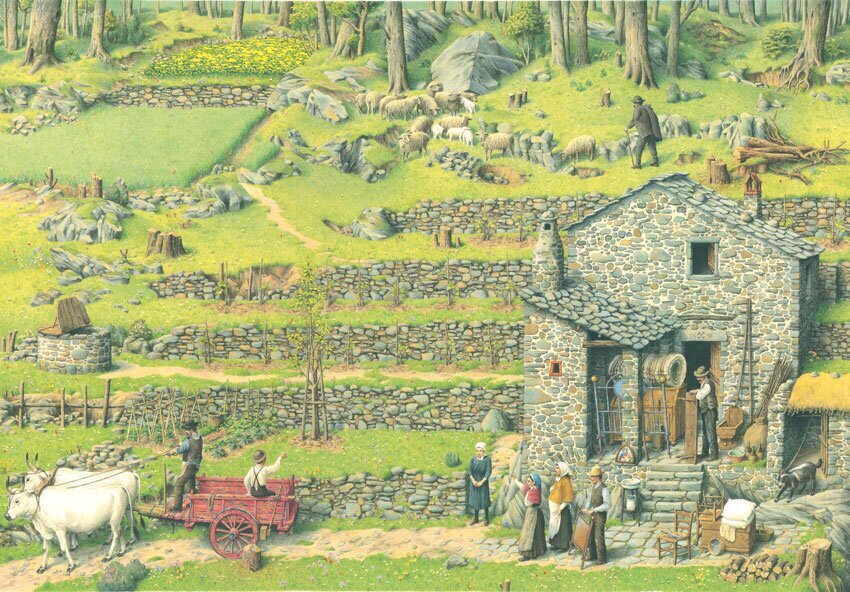
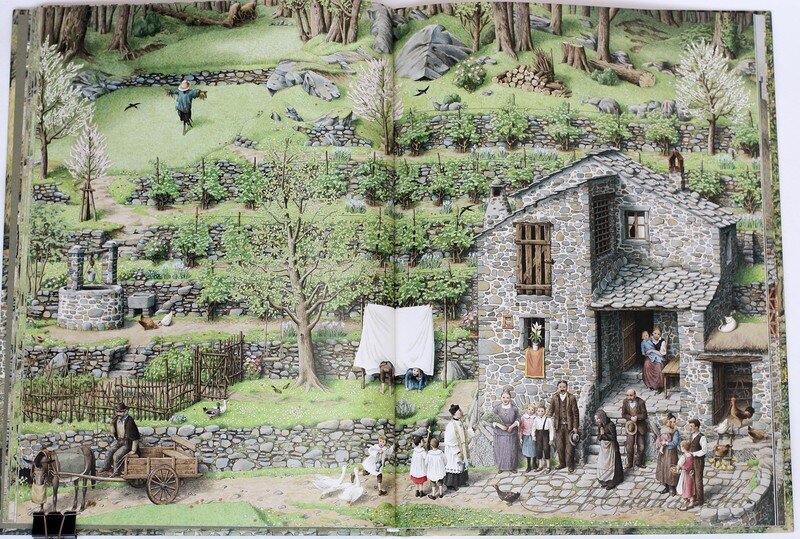
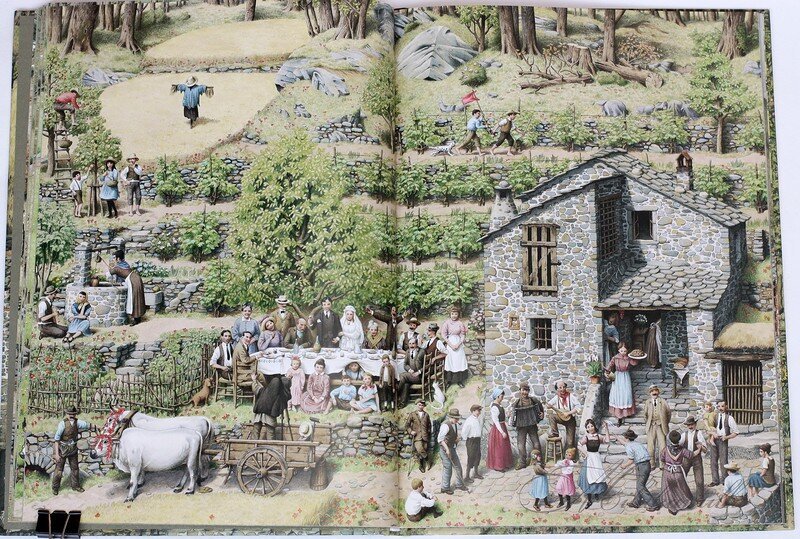
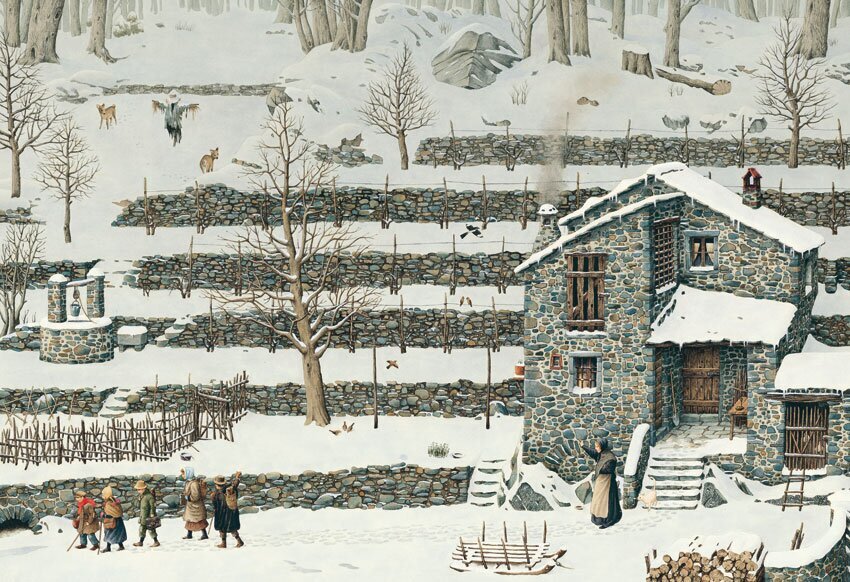
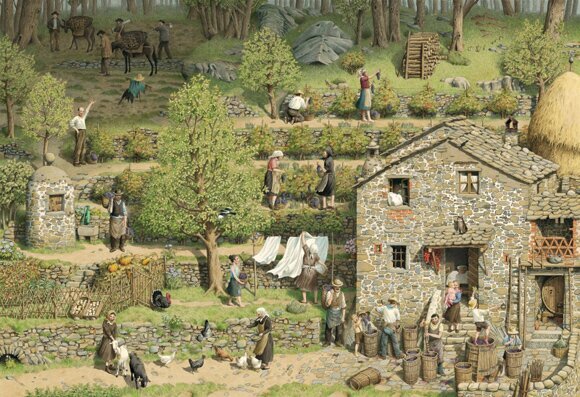
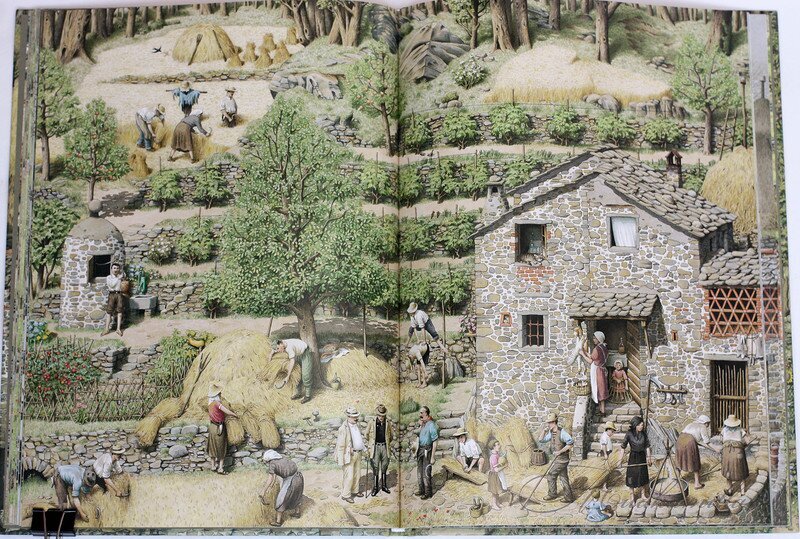

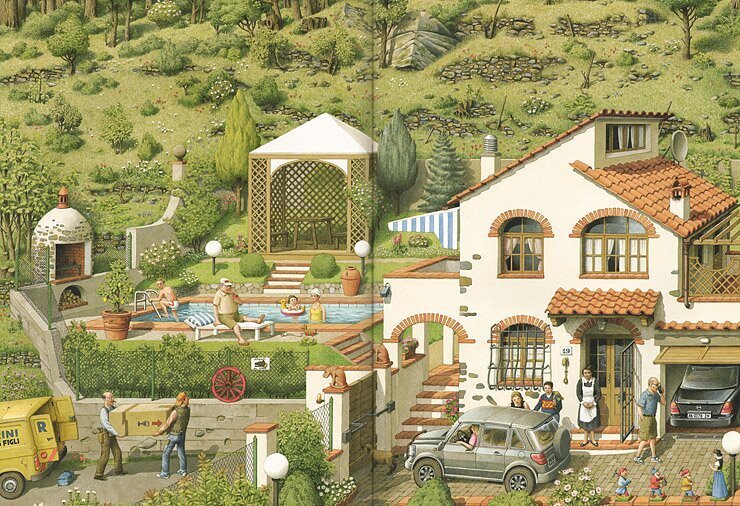
When we were at the museum in 2016, the museum did not charge admission, which is rare in Italy. There was a donation jar at the exit. It is not a pity to put a few euros for a pleasant visit, cozy atmosphere, absence of crowds of tourists, well restored and preserved interiors, coolness in the center of the city and, finally, free comfortable toilet.
In 2020, admission costs €3.
Authentic interiors have been preserved in the palace. It was amazing that there was no one here, not even the caretakers — we walked through the halls alone, reading the stories of the former inhabitants on information plaques, and no one breathing down our necks.
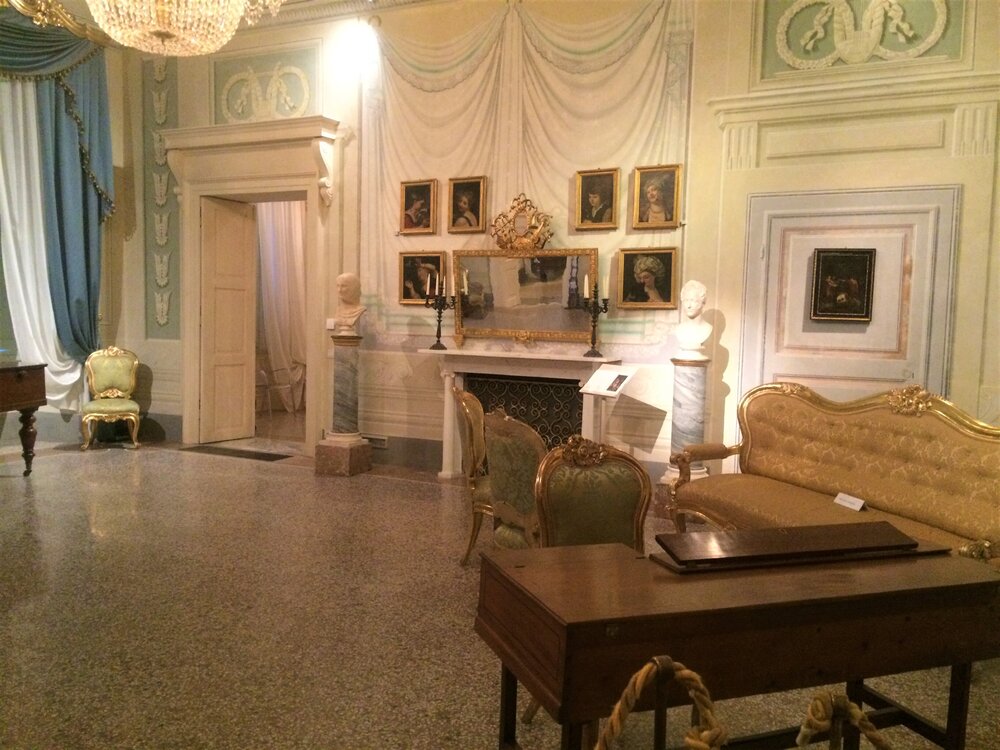
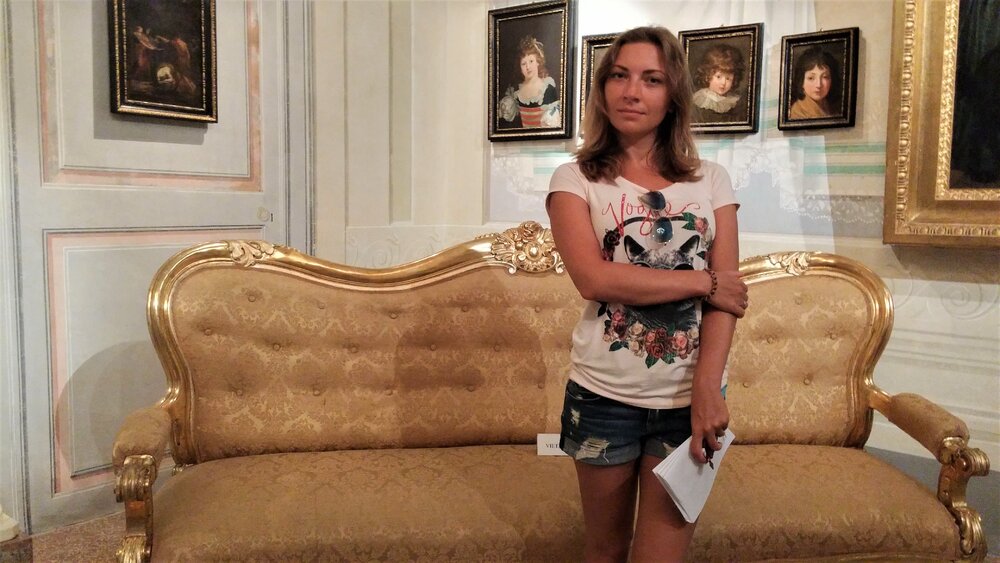
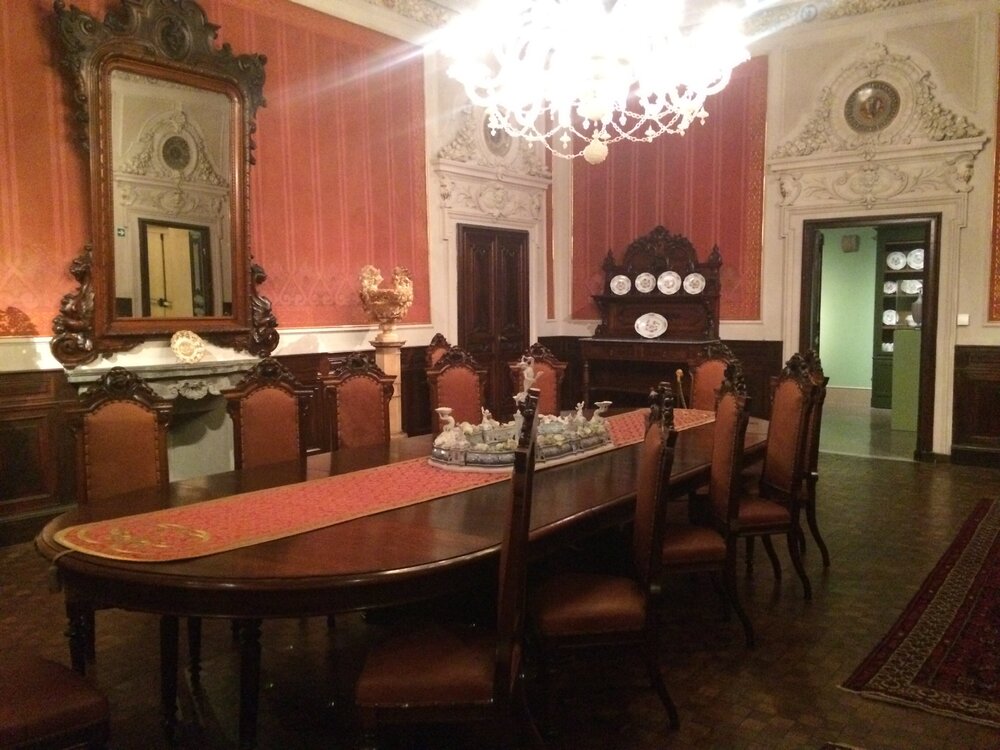
This itinerary, along with a visit to the Blue Palace, took three hours. If we had a full day of daylight in Pisa, from morning to evening, this two-day itinerary could have been combined into one.
Away from the Piazza del Miracle, Pisa is quite different — calm and light. If you’re in Pisa, be sure to set aside a few hours for a leisurely stroll through the non-tourist areas.
